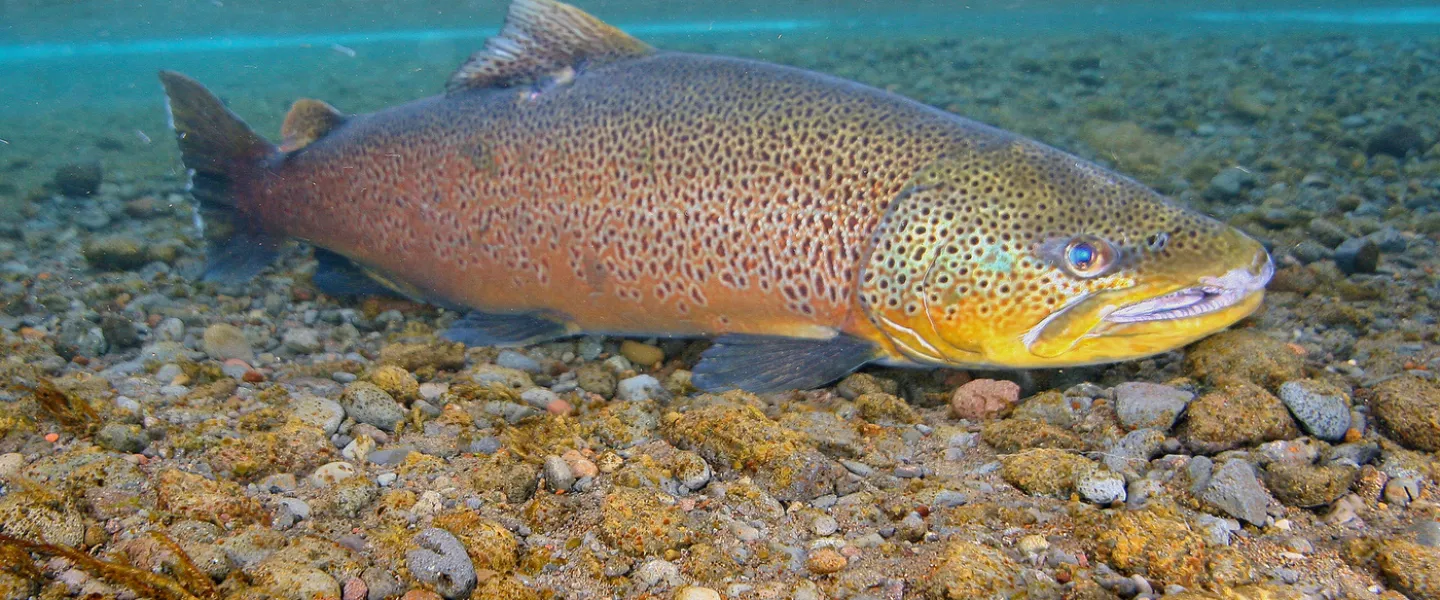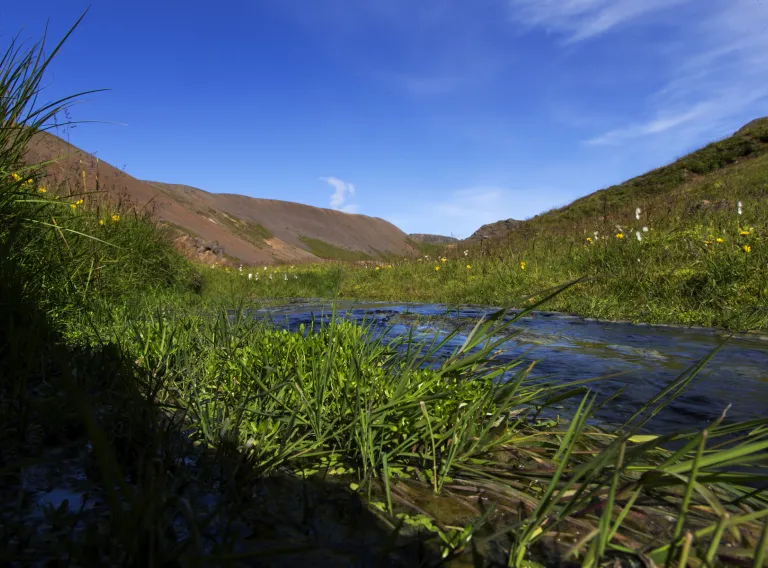
In the first study of its kind, scientists at the University of Iceland and Marine and the Freshwater Research Institute have investigated the genetic structure and diversity of the brown trout populations in Lake Þingvallavatn and other parts of the Ölfusá watershed. They have discovered that genetic relatedness between trout populations reflects the connectivity of the waterways and formation of impassable waterfalls. Their findings were published this September in the journal PeerJ. The scientists aimed to map the genetic diversity of brown trout in the western part of the Ölfusá watershed and use the genetic data to answer questions about relatedness between fish in different locations and effective population sizes.
The Ölfusá watershed is large. It begins in the glaciers of Langjökull and Hofsjökull and extends over a large part of South and West Iceland, including the volcano Hengill and the river Varmá, Lake Þingvallavatn and the river Sog, the last of which merges with the river Hvítá to become the river Ölfusá. The Ölfusá watershed contains a multitude of rivers and lakes, which are home to all Iceland's main species of freshwater fish, i.e. salmon, brown trout, Arctic char, sticklebacks and European eels. Some of the brown trout and Arctic char populations are non-migratory, spending their entire life cycles in freshwater. Populations are always non-migratory where they have become isolated over time by the formation of impassable waterfalls, but sometimes even fish that are able to access the ocean do not migrate, especially populations that mature in lakes.
The research focused on Lake Þingvallavatn, which has long been famed for its particularly large brown trout, as well as nearby rivers and lakes, including streams on the slopes of Hengill. Numbers of brown trout in Þingvallavatn declined after an outlet of the lake was dammed in 1959, but several attempts have been made to revive the spawning population in the southern part of the lake and catches have increased significantly over the last two decades.



